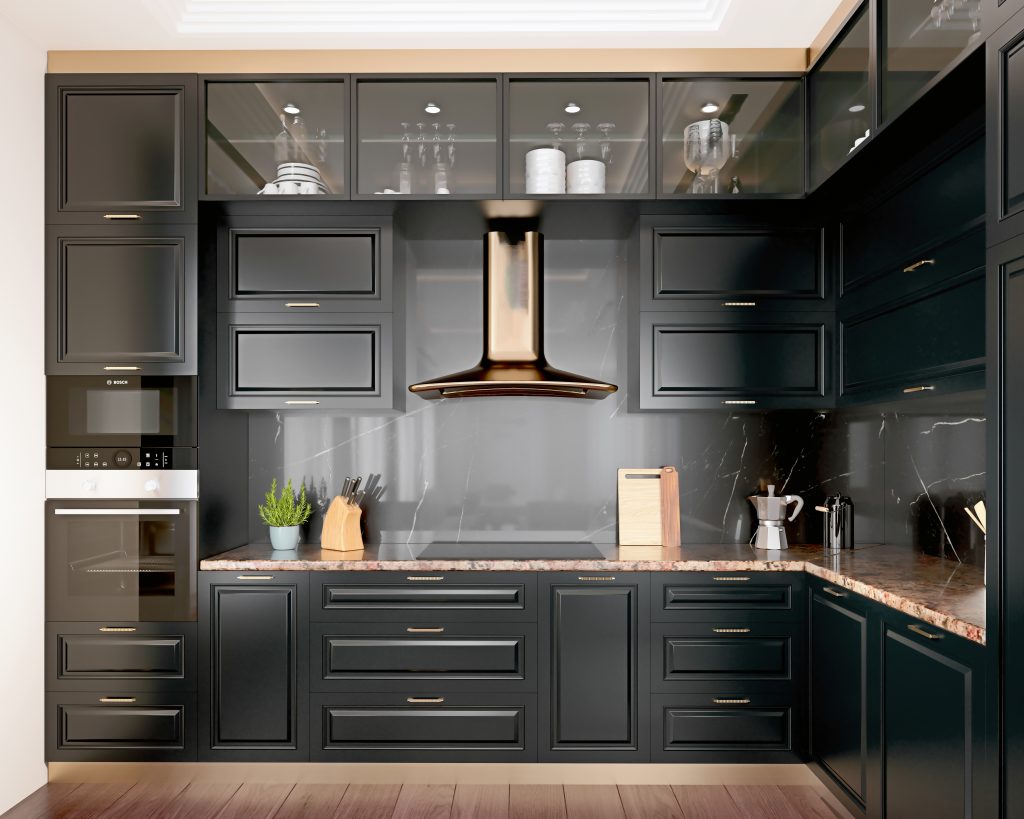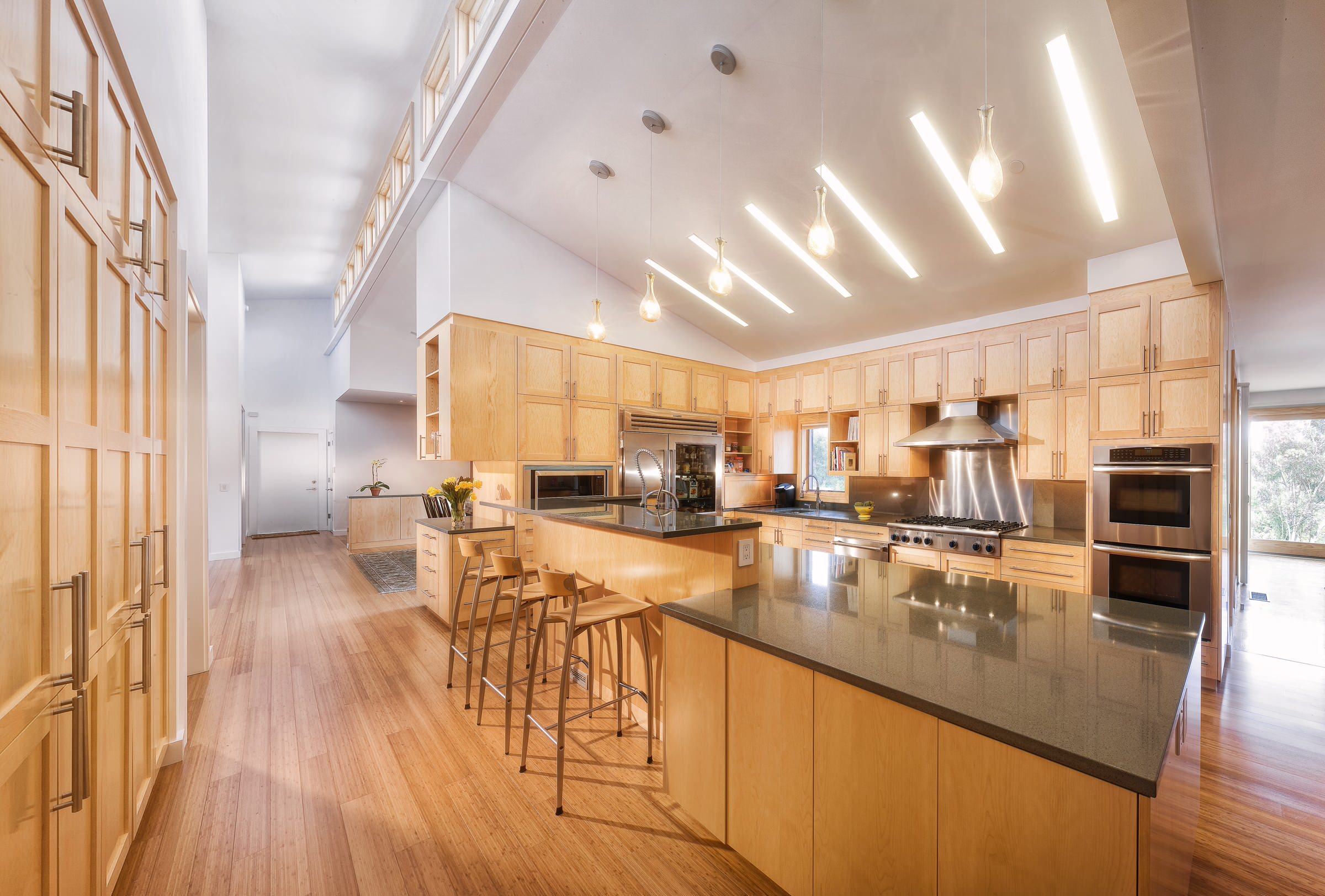Understanding Low Ceiling Kitchen Cabinets

Low ceilings can present a unique challenge in kitchen design, potentially making the space feel cramped and limiting the options for storage and aesthetics. However, with thoughtful planning and the right approach, you can overcome these limitations and create a functional and stylish kitchen that maximizes space and minimizes the impact of low ceilings.
Benefits of Low Ceiling Kitchen Cabinets
Using low ceiling kitchen cabinets offers several advantages, allowing you to optimize space and achieve a cohesive look. These cabinets are specifically designed to fit under low ceilings, ensuring that you can maximize vertical storage without sacrificing headroom.
- Maximizing Space: Low ceiling cabinets efficiently utilize the vertical space in your kitchen, providing ample storage for your belongings without taking up valuable floor space. This is particularly beneficial in smaller kitchens where every inch counts.
- Creating a Cohesive Look: Low ceiling cabinets can help to visually unify the space, creating a sense of harmony and balance. They provide a clean and streamlined aesthetic, especially when paired with other design elements that complement the overall theme.
Different Cabinet Styles for Low Ceilings, Low ceiling kitchen cabinets
There are several different cabinet styles that are well-suited for low ceilings, each offering unique advantages and aesthetics.
- Wall Cabinets: Wall cabinets are a classic choice for kitchens, providing ample storage space while maintaining a clean and traditional look. They are available in various sizes and styles, allowing you to customize them to fit your specific needs and preferences.
- Floating Shelves: Floating shelves are a contemporary and stylish option for low ceilings. They create a sense of openness and airiness, while also offering a functional storage solution. Floating shelves can be used to display decorative items, books, or even appliances, adding a touch of personality to your kitchen.
- Open Shelving: Open shelving is another modern and versatile option that can help to create a sense of spaciousness. Open shelves can be used to display dishes, glassware, or other items, adding a touch of visual interest to your kitchen. They are also a great way to showcase your favorite kitchenware and create a unique and personalized look.
Planning and Designing Your Kitchen

Designing a kitchen with low ceilings requires a strategic approach to optimize space utilization and create a visually appealing and functional environment. This section will guide you through the process of planning and designing your kitchen, focusing on maximizing space and creating a balanced aesthetic.
Designing a Kitchen Layout that Optimizes Space Utilization with Low Ceilings
A well-designed kitchen layout is crucial for maximizing space, especially in a kitchen with low ceilings. Here are some key considerations:
- Open Concept: Consider an open concept layout that combines the kitchen with adjacent spaces, such as the dining room or living room. This creates a sense of spaciousness and allows natural light to flow freely.
- Efficient Work Triangle: The work triangle, which connects the sink, stove, and refrigerator, should be designed to minimize walking distance and maximize efficiency. In a low ceiling kitchen, consider a compact work triangle to avoid cramped spaces.
- Vertical Space: Utilize vertical space by installing tall cabinets that reach the ceiling. This maximizes storage space without compromising floor area.
- Minimalist Design: Opt for a minimalist design approach, avoiding bulky furniture and unnecessary clutter. This will create a sense of openness and spaciousness.
Selecting the Right Cabinet Size and Configuration for a Low Ceiling Kitchen
The size and configuration of cabinets play a significant role in creating a functional and visually appealing kitchen. Here are some tips for selecting the right cabinets for a low ceiling kitchen:
- Tall Cabinets: Utilize tall cabinets that reach the ceiling to maximize storage space and create a sense of verticality.
- Open Shelving: Incorporate open shelving for displaying decorative items and creating a sense of openness. This can also be used for frequently used items.
- Corner Cabinets: Consider utilizing corner cabinets to optimize space in tight corners. These cabinets are available in various designs, including lazy susans and pull-out drawers.
- Floating Shelves: Install floating shelves to create a sense of lightness and visual interest. These shelves are ideal for displaying items and can be adjusted to different heights.
Creating a Visual Flow and Balance in a Kitchen with Low Ceilings Using Cabinet Placement and Color Choices
Cabinet placement and color choices can significantly impact the visual flow and balance of a kitchen with low ceilings. Here are some strategies to create a visually appealing and spacious kitchen:
- Light Colors: Utilize light colors, such as white, cream, or light gray, on cabinets and walls to reflect light and create a sense of spaciousness.
- Open Cabinetry: Incorporate open cabinetry to create a sense of openness and allow light to flow freely through the kitchen.
- Vertical Lines: Use vertical lines, such as tall cabinets or vertical tile patterns, to create a sense of height and draw the eye upwards.
- Strategic Lighting: Use a combination of overhead lighting and under-cabinet lighting to create a bright and welcoming atmosphere. This will also help to highlight the kitchen’s features and create a sense of spaciousness.
Installation and Functionality

Installing low ceiling kitchen cabinets requires careful planning and execution to ensure a functional and aesthetically pleasing outcome. While the process shares similarities with standard cabinet installation, unique considerations arise due to the limited overhead space.
Installation Process
Installing low ceiling kitchen cabinets involves a series of steps that require precision and attention to detail.
- Planning and Preparation: The first step is to meticulously plan the layout of the cabinets, taking into account the available space, appliance placement, and desired functionality. This includes determining the exact location and height of each cabinet. Careful measurements are crucial to ensure a perfect fit and avoid any potential issues during installation.
- Wall Preparation: The next step involves preparing the walls where the cabinets will be mounted. This includes ensuring the walls are level, plumb, and free of any obstructions. Any necessary repairs or patching should be completed before proceeding to the next stage.
- Cabinet Assembly: Some cabinets may arrive pre-assembled, while others require assembly. The assembly process should be followed carefully, adhering to the manufacturer’s instructions. It’s important to ensure all components are securely fastened and that the cabinets are structurally sound.
- Mounting the Cabinets: Once the cabinets are assembled, they need to be mounted to the wall. This typically involves using specialized cabinet mounting brackets or screws. The brackets should be securely fastened to the wall, ensuring the cabinets are firmly supported. A level should be used to ensure the cabinets are installed straight and even.
- Adjusting and Securing: After mounting, it’s crucial to adjust the cabinets to ensure they are perfectly level and plumb. This may involve using shims or other leveling tools. Once the cabinets are properly aligned, they should be secured to the wall to prevent them from shifting or moving.
- Installing Doors and Hardware: The final step involves installing the cabinet doors and hardware. This includes hinges, handles, and any other decorative elements. Ensure that all doors are properly aligned and that the hardware functions smoothly.
Tools and Materials
Installing low ceiling kitchen cabinets requires a specific set of tools and materials.
- Measuring Tape: Accurately measuring the space for the cabinets is essential. A reliable measuring tape is crucial for ensuring a perfect fit.
- Level: A level is necessary to ensure the cabinets are installed straight and even. This helps prevent any visual distortions or unevenness.
- Stud Finder: Locating wall studs is essential for securing the cabinets to the wall. A stud finder helps identify the studs accurately, ensuring the cabinets are firmly mounted.
- Drill: A drill is necessary for drilling pilot holes for screws and for fastening the cabinets to the wall. A cordless drill with a variety of drill bits is recommended.
- Screwdriver: A screwdriver is essential for assembling the cabinets and attaching the hardware. A combination screwdriver with multiple bits is recommended.
- Saw: A saw may be necessary for trimming or cutting the cabinets to fit the space perfectly. A circular saw or a jigsaw can be used depending on the specific requirements.
- Cabinet Mounting Brackets: These brackets are specifically designed for mounting kitchen cabinets to the wall. They provide secure support and help ensure the cabinets are installed correctly.
- Shims: Shims are thin pieces of wood used to level the cabinets. They help adjust the cabinets to ensure they are perfectly straight and even.
- Screws: Screws are used to fasten the cabinets to the wall and to secure the cabinet doors and hardware. It’s important to use screws of the appropriate length and material.
- Safety Glasses: Protecting your eyes is crucial during any installation process. Safety glasses should be worn to prevent any debris or particles from entering your eyes.
Functionality and Accessibility
Ensuring the functionality and accessibility of cabinets in a low ceiling kitchen is paramount.
- Cabinet Depth: Choosing the right cabinet depth is crucial. Shallow cabinets, often with a depth of 12 inches, can be more practical for maximizing usable space in low ceiling kitchens. They allow for easier access to the contents and reduce the risk of bumping your head.
- Pull-Out Shelves and Drawers: Incorporating pull-out shelves and drawers can significantly enhance functionality and accessibility. These features allow you to easily reach items at the back of the cabinets, eliminating the need to bend or stretch excessively.
- Open Shelving: Open shelving can be a great alternative to traditional cabinets in low ceiling kitchens. They create a sense of openness and can be used to display decorative items or frequently used items.
- Ergonomic Design: Consider using ergonomic design principles when planning the layout of the cabinets. This includes ensuring that frequently used items are within easy reach and that the cabinets are positioned at a comfortable height.
Low ceiling kitchen cabinets often present a design challenge, as limited vertical space can restrict the choice of hardware. However, thoughtful consideration of handle size can mitigate this. For instance, opting for 2.5 inch cabinet handles can provide a comfortable grip while maintaining a sleek aesthetic, even in kitchens with low ceilings.
Low ceiling kitchen cabinets present a unique design challenge, requiring careful consideration of both functionality and aesthetics. While maximizing storage space is paramount, incorporating elegant design elements is equally important. For a touch of timeless sophistication, consider gold square cabinet handles , which complement the sleek lines of contemporary cabinetry while adding a touch of warmth and refinement.
This subtle yet impactful design choice can elevate the overall aesthetic of a low ceiling kitchen, creating a harmonious balance between practicality and visual appeal.
